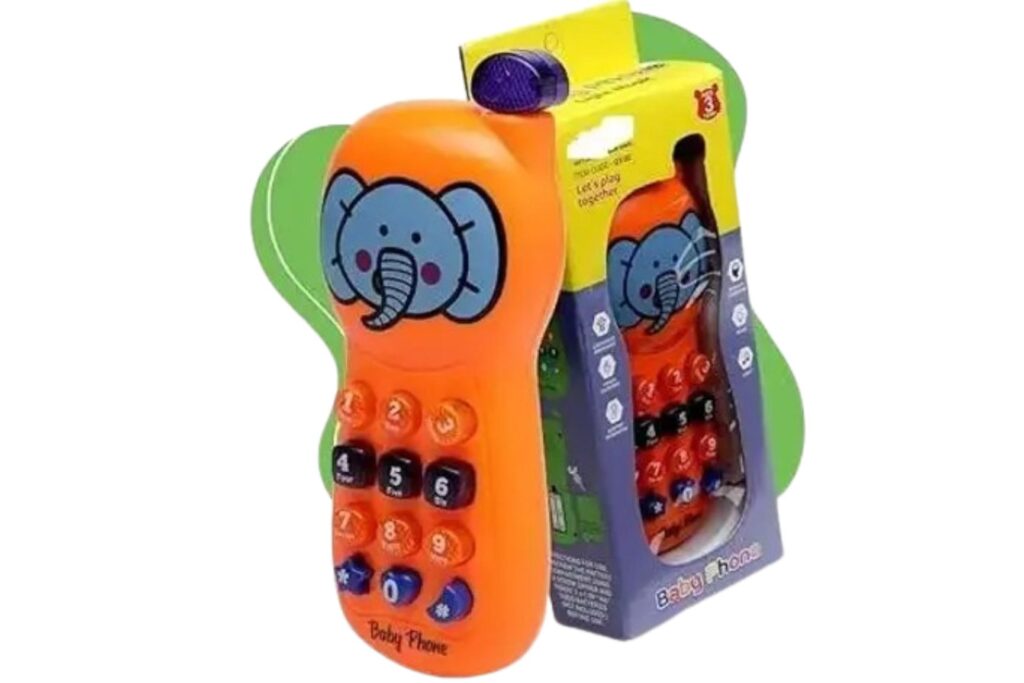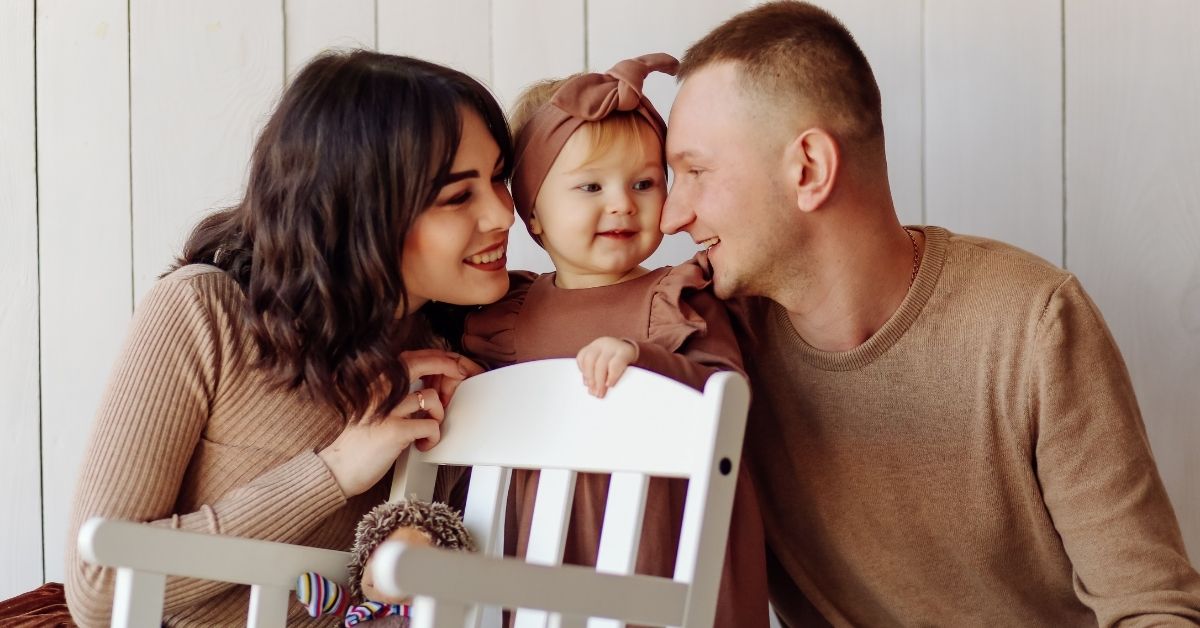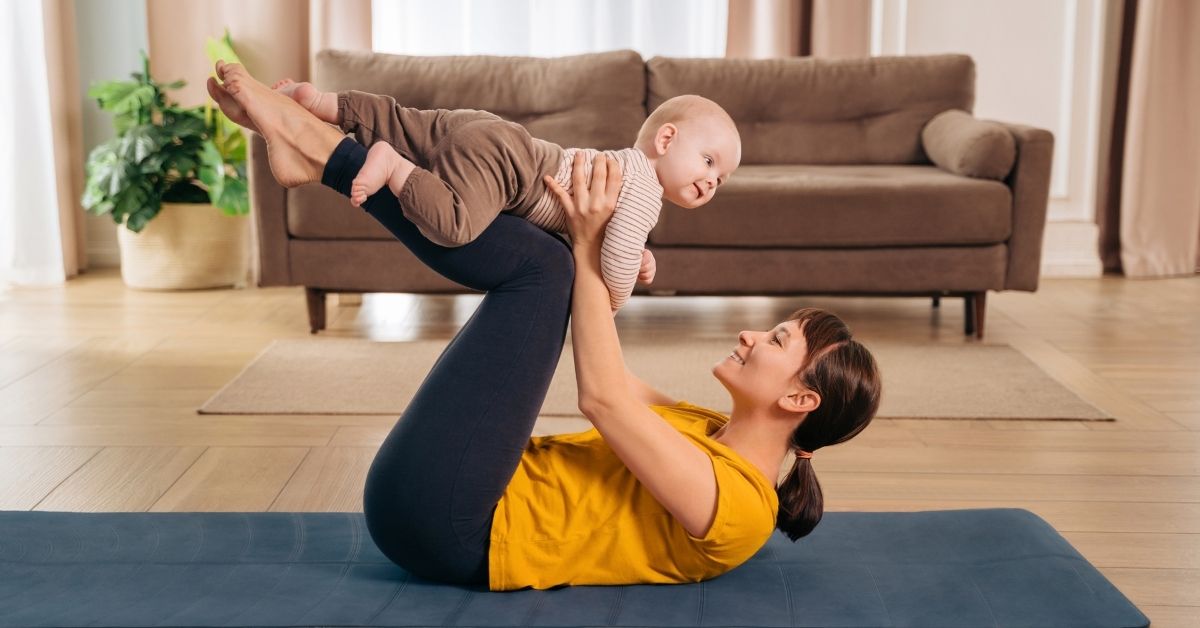Baby’s development is like a blank canvas. Each giggle, and grasp adds a new stroke of colour on their canvas. And, toys aren’t just things to play with, they are the paint brushes that help to paint their world with fun, excitement, and curiosity.
At the age of 6-12 months, toys play a crucial role in infants’ development. Touch, sounds, colour and movements strengthen their growing minds and bodies. As a parent, we have the joy of providing the right toy that paints their white canvas and helps them grow with fun and excitement.
But, which toy would be the best for them? This blog will answer the question! Let’s first understand, how toys support brain development in babies.
How Toys Support Brain Development in Babies
The right toys do more than just entertain; they actively shape a child’s cognitive, sensory, and emotional development. Here’s how:
- Enhances Sensory Processing – Toys with different textures, sounds, and colours stimulate a baby’s senses, helping them understand and respond to their environment. A soft sensory ball, a jingling rattle, or a crinkly fabric book can engage multiple senses at once.
- Develops Problem-Solving Skills – Stacking blocks, sorting shapes, or playing with interactive toys introduces the concept of cause and effect, encouraging babies to think, explore, and figure things out on their own.
- Improves Memory & Recognition – Repetition is key to early learning. When babies play with the same toy, they start recognising patterns, remembering sounds, and anticipating movements, strengthening their memory and cognitive abilities.
- Boosts Motor Coordination – From reaching for a dangling toy to grasping a small block, every movement builds coordination. These simple actions refine both fine motor skills (small movements) and gross motor skills (larger body movements).
- Encourages Emotional Growth – Toys that make soothing sounds, play lullabies or offer a comforting texture help babies regulate their emotions. A favourite stuffed animal or a familiar toy can provide security and comfort in new or overwhelming situations.

5 Toys That Support Infants Growth!
1. Sensory Balls – Enhancing Touch and Grip
Soft, textured balls are designed for tiny hands, helping infants explore different sensations.
Benefits:
✔ Improves hand-eye coordination – Babies learn to track, reach for, and grasp objects.
✔ Stimulates sensory development – Different textures enhance touch sensitivity.
✔ Encourages movement – Rolling the ball motivates babies to crawl and chase, strengthening muscles.
How to Use:
Gently place a sensory ball in your baby’s hands and let them squeeze, roll, or toss it. Encourage tummy time play by rolling the ball in front of them to motivate reaching and crawling.

2. Musical Mobiles – Stimulating Senses and Focus
Hanging mobiles with soothing music and rotating elements, are designed to engage an infant’s auditory and visual senses.
Benefits:
✔ Enhances auditory skills – Melodic sounds introduce babies to rhythm and tone.
✔ Improves visual tracking – Moving objects help strengthen eye muscles and focus.
✔ Creates a calming bedtime routine – Soft music promotes relaxation and better sleep.
How to Use:
Hang the mobile above the crib or play area and allow your baby to watch the moving toys while listening to the sounds. Opt for mobiles with gentle lullabies or nature sounds to create a peaceful environment.

3. Tripod Gyms with Dangling Toys – Encouraging Physical Activity
A baby plays at the gym with hanging toys that encourage movement, touch, and interaction.
Benefits:
✔ Boosts motor skills – Reaching, grasping, and kicking strengthen muscles.
✔ Enhances coordination – Helps improve arm and leg movements.
✔ Keeps babies engaged – Interactive elements like mirrors, rattles, and textured toys stimulate curiosity.
How to Use:
Place your baby under the gym and let them explore the dangling toys. Encourage them to bat at the toys or grasp them to improve coordination and strength.

4. Rattle Toys – Developing Sound Recognition and Fine Motor Skills
Small, easy-to-hold toys that make sounds when shaken, helping infants understand cause and effect.
Benefits:
✔ Strengthens hand muscles – Holding and shaking the rattle improves grip strength.
✔ Introduces cause and effect – Babies learn that shaking creates sound, boosting cognitive skills.
✔ Soothes teething discomfort – If made with soft, chewable materials, rattles can help relieve gum pain.
How to Use:
Hand a rattle to your baby and encourage them to shake it. You can also shake it yourself to grab their attention and help them associate sound with movement.

5. Baby Blocks – Building Cognitive Skills and Creativity
Soft or plastic blocks that babies can stack, sort, or knock down.
Benefits:
✔ Develops problem-solving skills – Encourages spatial awareness and logical thinking.
✔ Boosts creativity – Playing with blocks promotes imaginative play.
✔ Introduces colours, shapes, and counting – Supports early learning concepts.
How to Use:
Give your baby a few blocks to explore. Help them stack, sort, or knock them down to develop motor skills and understanding of balance and structure.

Conclusion
The first year of a baby is filled with incredible growth & learning, and the right toys can make a positive impact on their growth. Mentioned above can guarantee the growth of motor skills, cognitive ability, and sensory processing in infants aged 6-12 months.
By choosing safe, age-appropriate toys, we parents can turn every play session into a learning experience, supporting their baby’s brain and body development.











